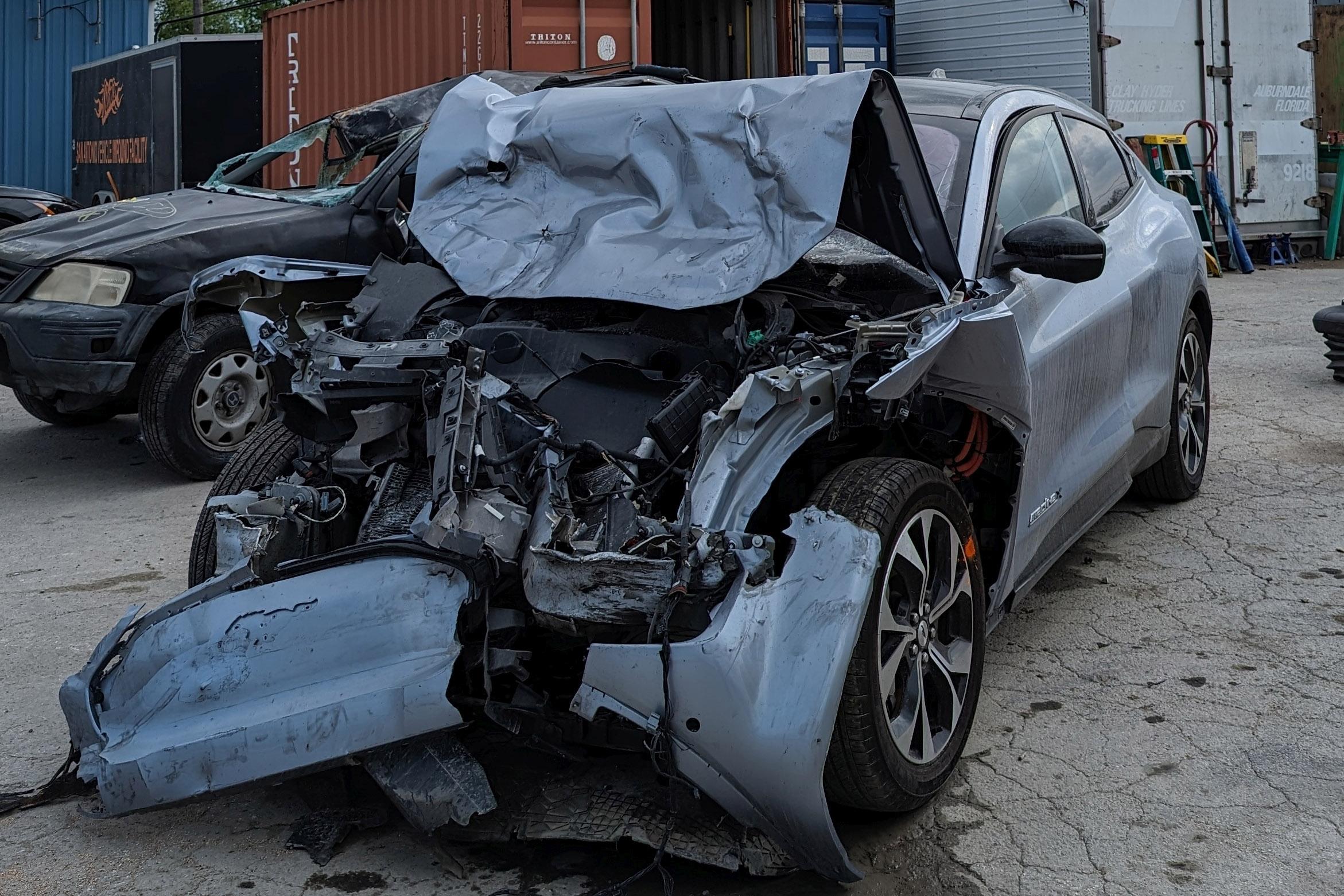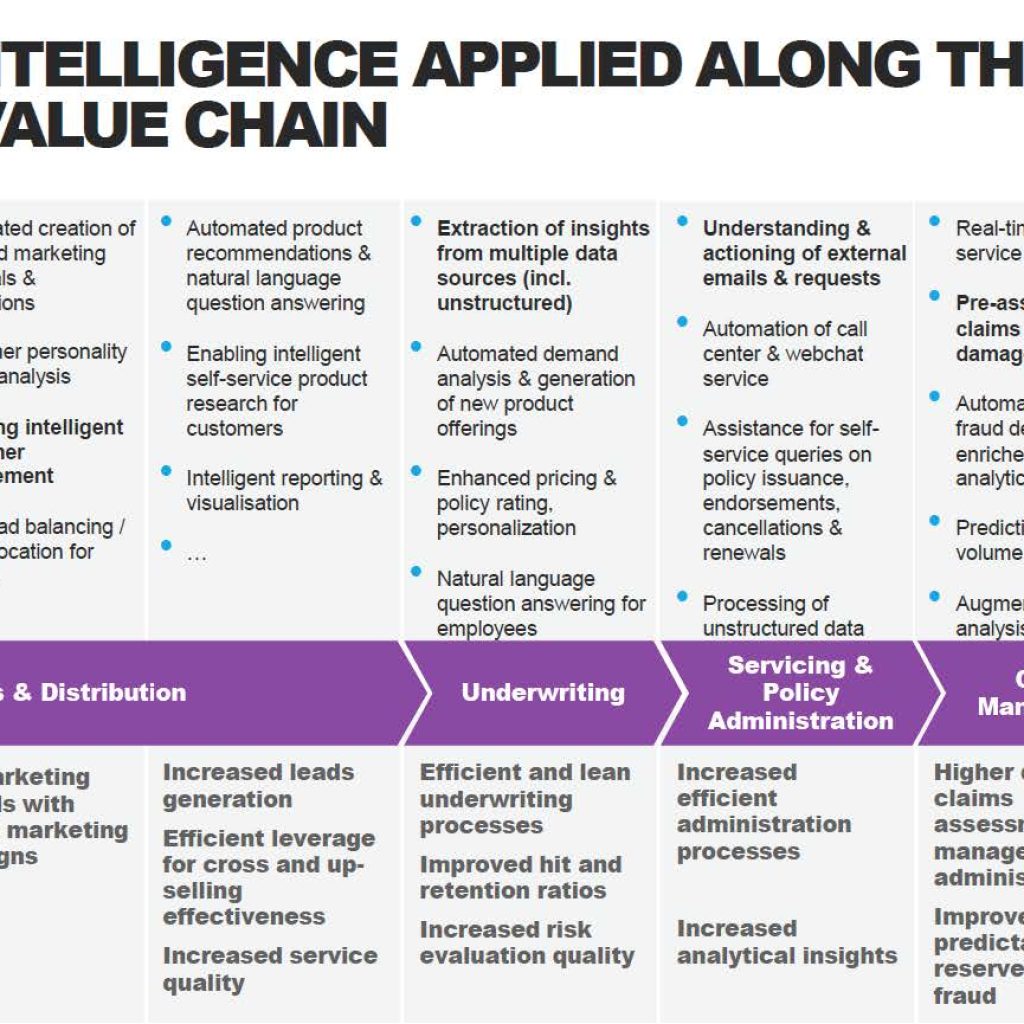A Ford Mustang, Mach-E sport utility variant, may be using a partially automated system for driving when it hits two stationary vehicles near Philadelphia, killing two people, according to the National Transport Safety Board, as the board said that it is investigating the incident.
The incident took place on March 3 at 3:19 a.m. on Interstate 95 Highway, according to the agency, when a Ford Mustang Mach-E hit two stationary vehicles. The drivers of the stationary vehicles were killed, and one may have been outside.
The incident involving the Ford Mustang Mach-E
The Mustang Mach-E involved in the accident hit a Toyota Prius, which then rammed into a Hyundai Elantra, according to the agency, killing both drivers. The agency also said that it is coordinating with Pennsylvania police regarding the incident in a post on X.
Ford also issued a statement saying that they were told of the Philadelphia crash by the National Transport Safety Board and that they were collaborating with agencies.
“We are researching the events of March 3 and collaborating fully with both agencies to understand the facts,”
Reuters
Ford said they have informed the National Highway Traffic Safety Administration regarding the incident, and collaboration is under way.
This is a second fatal crash this year and that during the last two months involving Ford Mustang Mach-E thats National Transport Safety Board is investigating. Before this incident, a Ford of the same variant hit a Honda CR-V, killing its driver, a 56-year old. The incident happened on February 24th on the Interstate 10 highway in Saint Antonio, Texas. The Honda was stopped in the middle lane with the lights off around 9:30 p.m.
On Thursday, US safety investigators were informed that the Ford Mustang Mach-E involved in the February 4 incident was using an advanced driver assistance system at the time of the incident, according to the data fetched from the vehicle, according to the National Transport Safety Board.
What is Ford’s BlueCruise semi automated driving system?
A report by Saint Antonio police said the Ford had engaged in “partial automation” at the time the crash happened. Both agencies, the National Transport Safety Board and the National Traffic Safety Administration, are investigating both of the crashes that took place in February and March, both involving a Ford Mustang Mach-E, and both are suspected of using BlueCruise.

BlueCruise, offered by Ford, is an advanced driving system offering a hands-free driving experience. It is incorporated into a few different truck and SUV Ford models, including the top selling models. The system controls braking, acceleration, and steering controls on selected highways, including 97 percent of US and Canadian highways with no traffic signals or intersections.
The BlueCruise coverage map on Ford’s website shows that some sections of the I95 Philadelphia Highway and the San Antonio I-10 Highway were not included in zones of BlueCruise coverage.
According to Ford, the system is partially autonomous, which means that full attention from the driver is required all the time. The system uses a front facing camera to make sure that drivers are looking at the road. There is continued interest from the public in the autonomous driving options, which is also a major selling point of some of the vehicles, but in a recent test conducted by the Insurance Institute for Highway Safety (IIHS), Ford’s BlueCruise system was also one of the 11 partially autonomous systems that fell under the poor performance category in its tests, and Ford is not alone here.





